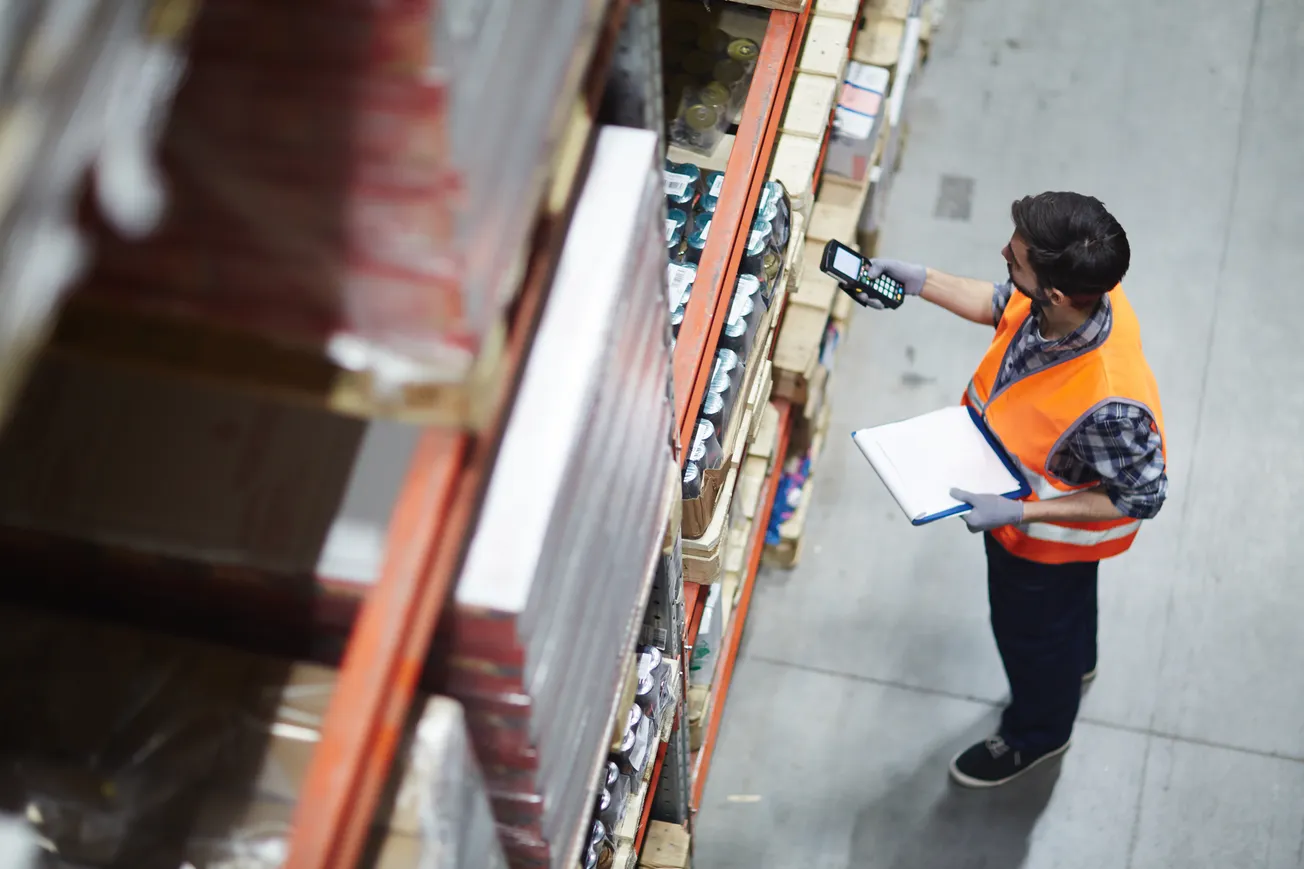What Is Omnichannel Logistics?
Omnichannel logistics is an integrated supply chain strategy that synchronizes inventory, order management and fulfillment across all channels – including e-commerce, mobile apps, physical stores and third-party platforms – to deliver a seamless and consistent customer experience.
Key capabilities include real-time inventory visibility and flexible fulfillment options like ship‑from‑store and buy online, pick up in store (BOPIS).
Why Businesses and Customers Benefit
Enhanced Customer Satisfaction & Loyalty
By enabling seamless shopping experiences across all channels, including unified ordering, returns and delivery, businesses foster stronger loyalty and satisfaction.
Operational Efficiency & Cost Reduction
Centralizing inventory and intelligently routing orders (e.g., through store-based fulfillment) reduces working capital, improves fulfillment speed and lowers per-unit costs.
Scalability Through Technology
Real-time data exchange, automated decision-making, and advanced integrations (like TMS, WMS, IoT, analytics tools) empower businesses to scale efficiently, especially during peak demand.
Competitive Advantage & Revenue Growth
Offering flexible fulfillment options and unified experiences boosts sales and enhances brand reputation, establishing a competitive edge in today’s retail environment.
Strategic Application & Examples
In practice, omnichannel logistics unifies digital and physical channels into a cohesive execution network. Businesses leverage features like inventory pooling, centralized order orchestration and varied fulfillment paths to meet modern consumer expectations.
Retailers like Nike and Target are notable examples, as they have transformed stores into mini-fulfillment centers, enabling faster delivery, smoother returns and better inventory efficiency.








